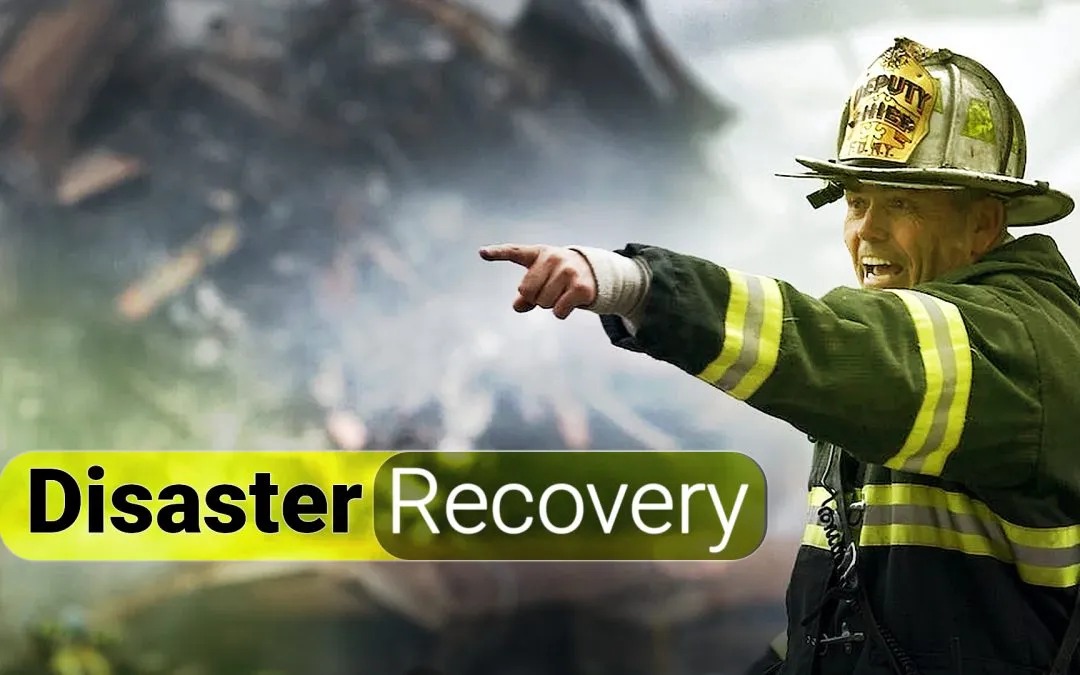There have been an increasing number of natural disasters and man-made calamities around the world in recent years. Natural disasters of many kinds from earthquakes to floods can devastate entire communities and upend the lives of countless people. In the sphere of disaster recovery, surveillance drones are an emerging technology with enormous promise. Developed using cutting-edge sensors and imaging technology, these UAVs have the potential to radically alter how we respond to natural disasters.
In this blog, we will discuss the potential role that surveillance drones can play in the future of disaster recovery.
Facilitating Instantaneous Damage Assessment and Evaluation
It is crucial to appropriately measure the level of damage once a tragedy has occurred. Ground surveys and manned aerial inspections, the two most common methods for assessing damage, are time-consuming and potentially risky. In contrast, the surveillance drone fitted with high-resolution cameras and LiDAR technology can swiftly acquire detailed imagery. Based on the information, it builds accurate 3D maps of disaster-stricken regions. With this information, officials can assess the damage, pinpoint problem regions, and organize relief efforts more effectively.
Saving Lives by Making Rescue Efforts Easier
Time is of the utmost in crisis situations, especially during rescue operations. Drones outfitted with thermal imaging and infrared sensing equipment can quickly search large areas for heat signatures. Hence, helps in indicating the presence of survivors or missing people. Drones can assist save lives by reducing response times to emergencies by supplying rescue teams with real-time video feeds of the situation.
The Potential of the Surveillance Drone in Disaster Recovery
Surveillance drones may play a significant role in the tracking and forecasting of catastrophic events. Drones can gather useful information about the weather. They do so by using atmospheric sensors to measure things like temperature, humidity, air pressure, and wind patterns. Meteorologists and emergency response teams may learn a lot about the evolution of natural disasters by analyzing this data. By alerting authorities ahead of time, this early warning system can improve preparedness measures. The collected data helps in speeding up the evacuation of at-risk locations, decreasing the likelihood of casualties and property loss.
Contributing to the Repair of Critical Infrastructure
Restoring important infrastructure is crucial to aiding in post-disaster recovery and getting life back to normal. The use of surveillance drones, which can check the condition of bridges, roads, and buildings, is crucial to this effort. Drones using high-resolution cameras and thermal imaging technologies can detect possible risks that may delay restoration operations. These devices also help in identifying structural weaknesses and evaluating the integrity of infrastructure. Engineers and disaster response teams can then organize their efforts to repair and rebuild in accordance with these priorities, which speeds up the recovery process overall.
Enabling Strategic Logistics Planning
Lack of life-sustaining resources is a common result of disasters’ effects on supply chains. Through improved supply chain management, surveillance drones can help alleviate logistical difficulties. Drones with the ability to carry cargo have the potential to bring much-needed relief to disaster-stricken or otherwise inaccessible regions. Delivering vital supplies to individuals in need, especially in inaccessible areas, depends on their ability to traverse difficult terrain and avoid roadblocks.
Helping with Environmental Observation and Repair
Deforestation, soil erosion, and pollution are only some of the negative environmental effects of natural catastrophes. Drones equipped with surveillance equipment can help track environmental damage after a disaster strikes. Drones can aid with resource management and conservation efforts by collecting data on things like plant life, water quality, and pollution from above. This information can help in planning for the long-term environmental effects of disasters and how to recover ecosystems.
Coordinating and Communicating Better
During disaster recovery activities, it is essential for different reaction teams to communicate and coordinate with one another. In places where conventional infrastructure has been disrupted, a surveillance drone can be an invaluable instrument for re-establishing stable communication networks. Drones with built-in communication relays can set up temporary networks. It allows first responders to coordinate their actions in real time and stay in constant contact with one another. This increased connectivity allows for successful disaster recovery operations by improving resource allocation, task assignment, and situational awareness.
Evaluation of Potential Environmental Risks
Natural disasters have the potential to bring new environmental hazards that threaten both human and environmental safety. Chemical spills and unsteady ground are just a few risks that may be tracked with the help of surveillance drones. Drones fitted with gas sensors and environmental monitoring systems can detect and map the spread of hazardous substances. It assists authorities and cleanup personnel in identifying problem regions and determining where to take containment measures. This preventative measure lessens the possible danger to people and the planet.
Planning Safe Escape Routes
It is crucial to ensure the safe evacuation of affected populations during large-scale evacuations. The overhead images and traffic data collected by surveillance drones are useful for plotting escape routes. Drones can assist authorities optimize evacuation preparations and guarantee a steady flow of traffic. They do so by analyzing real-time data to pinpoint areas of congestion, road closures, and alternate routes. Further improving the efficacy and safety of the evacuation process, drones can help guide evacuees by showing directional markers or broadcasting audio directions.
Assessing Damage After a Natural Disaster
Conducting thorough post-disaster assessments after initial response and recovery operations is crucial for learning from the disaster’s effects. This assessment is also needed for bettering disaster preparedness for the future. The surveillance drone can be invaluable at this stage because of the high-resolution images they can provide of the damaged areas. The information gathered from these airborne surveys is invaluable for improving disaster management methods and assessing the efficacy of response efforts. The data gathered also helps in getting the money and supplies needed for long-term recovery efforts.
Machine Learning and Artificial Intelligence
Adding AI and ML to surveillance drones would greatly improve their usefulness in disaster relief efforts. Drones can independently analyze data, spot trends, and zero in on points of interest thanks to artificial intelligence systems. This automation shortens the time it takes to analyze and analyze data, giving responders faster access to useful information. With the help of ML algorithms, drones can adjust their flight plans based on weather and other external factors. The use of MI algorithms maximizes the efficiency of the drones with which they collect data and complete missions.
Conquering Obstacles of Regulation and Ethics
The increasing use of surveillance drones in disaster relief efforts raises important regulatory and ethical questions. To enable the safe and responsible deployment of drones in disaster zones, regulatory agencies must create standards and laws. Privacy, airspace rules, and data security are all factors to think about. Furthermore, there should be persistent attempts to inform the public and stakeholders about the advantages and disadvantages of the surveillance drone.
Conclusion:
The use of surveillance drones offers tremendous promise for the future of disaster recovery. There are a lot of advantages to using these modern and adaptable aerial vehicles. Authorities and emergency teams can greatly improve their disaster response skills by embracing the possibilities of surveillance drones. However, it is critical to solve the difficulties associated with their application and to guarantee that its implementation is in line with applicable regulations. Surveillance drones have the potential to revolutionize disaster recovery with continuing technological developments and a collaborative approach.

